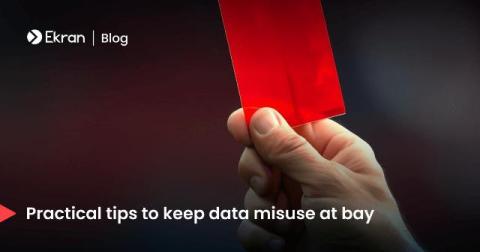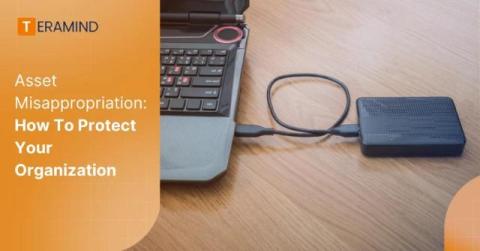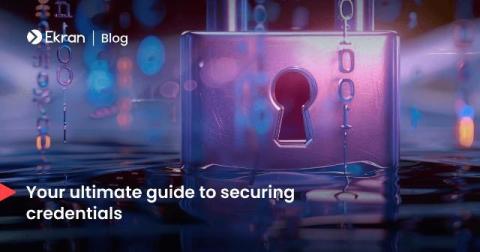Dark web monitoring as your early warning system for insider threats
According to the 2023 Insider Threat Report by Cybersecurity Insiders, 74% of organizations are at least moderately vulnerable to insider threats. This statistic underscores a critical issue: Insider threats are notoriously difficult to detect because they originate from individuals with authorized access and intimate knowledge of your systems. While traditional security measures focus on external threats, they often fall short when it comes to spotting insider threats.















